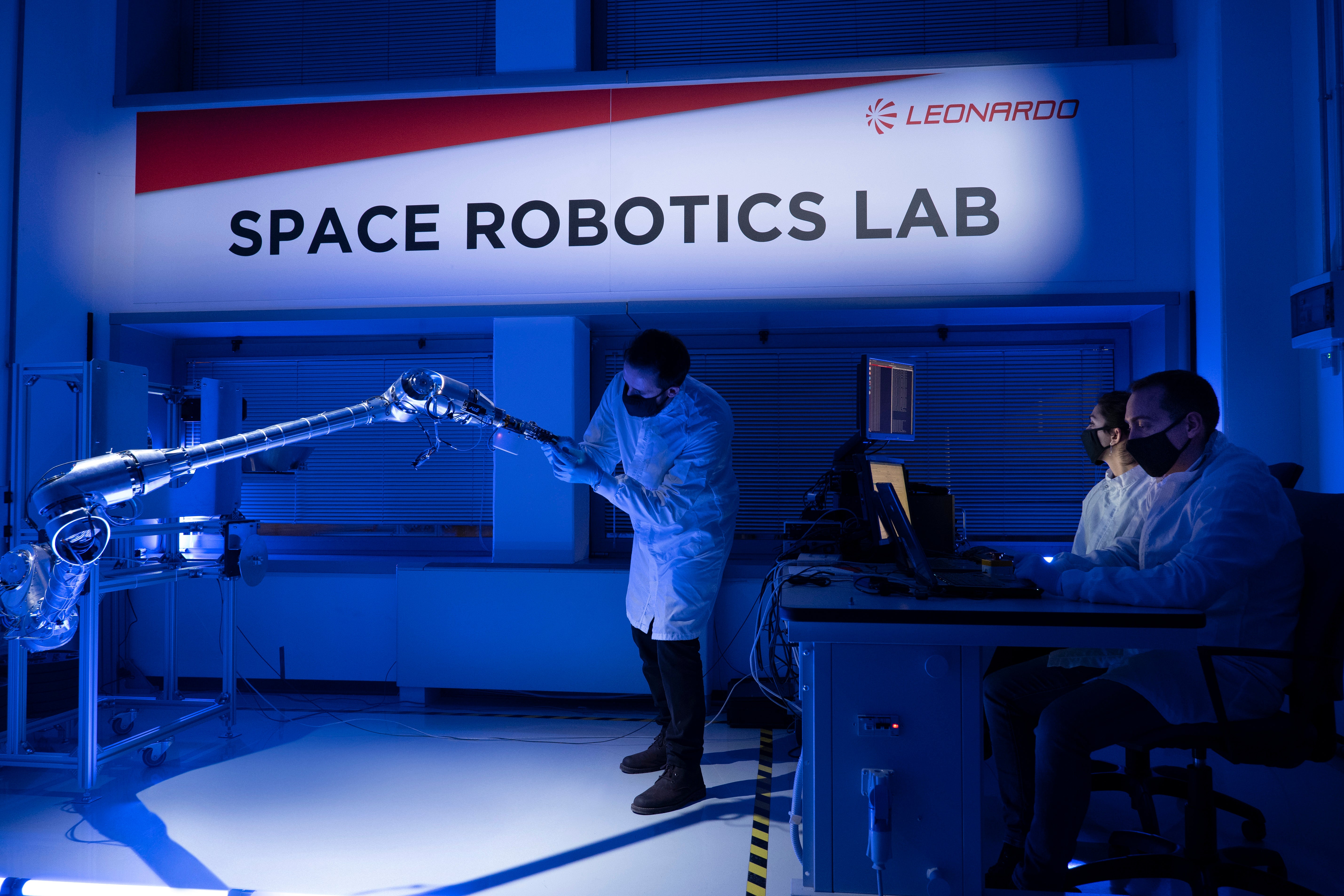ESA hires Leonardo to build robotic arm for Mars sample return mission
ESA will need a smart and flexible helping hand on Mars

The European Space Agency (ESA) on Tuesday contracted European industrial consortium Leonardo to design, build and test a sophisticated robotic arm intended to retrieve samples of Martian soil collected by Nasa’s Perseverancerover.
The Mars sample return mission, a collaboration between ESA and Nasa, is already underway, with Nasa’s rover recently drilling the eighth of an eventual 38 samples of Martian rock and soil. ESA is developing another small rover to retrieve the samples and place them in an ascent vehicle that will carry the samples into orbit for retrieval and shipping back to Earth via the ESA Earth Return Orbiter.
But ESA’s small rover, the Sample Fetch Rover, needs a sensitive and articulate robotic arm with which to grasp, collect and transfer the Mars samples once on Mars. ESA signed the contract with Leonardo to develop that arm, called the Sample Transfer Arm, at the Farnborough International Airshow on Tuesday.
“Handling the precious martian samples and getting them ready for delivery on an extraordinary trip from Mars to Earth is an amazing feat,” ESA director of Human and Robotic Exploration David Parker said in a statement. “The Sample Transfer Arm will be the helping hand that will take planetary science to a new level.”
The 2.5m-long Sample Transfer Arm will possess seven degrees of freedom of movement, mimicking a human arm with shoulder, elbow and wrist joints, according to an ESA announcement.
It is intended to be largely autonomous, using two cameras and sensors to guide itself in removing tubes of sampled material from the Perseverance rover, placing them on the ground, picking them back up, placing them in a container on the ascent vehicle and closing the lid.
The Leonardo consortium charged by ESA with making such a facile robotic arm a reality includes companies from Spain, France, Romania, Denmark, Greece, Switzerland and the Czech Republic.
The Mars Sample return mission aims to return the samples taken by Perseverance to Earth by 2033 where Earth-based labs can examine the material in detail to learn more about the past conditions on Mars and possibly answer the question of whether the Red planet ever supported life.
Subscribe to Independent Premium to bookmark this article
Want to bookmark your favourite articles and stories to read or reference later? Start your Independent Premium subscription today.

Join our commenting forum
Join thought-provoking conversations, follow other Independent readers and see their replies